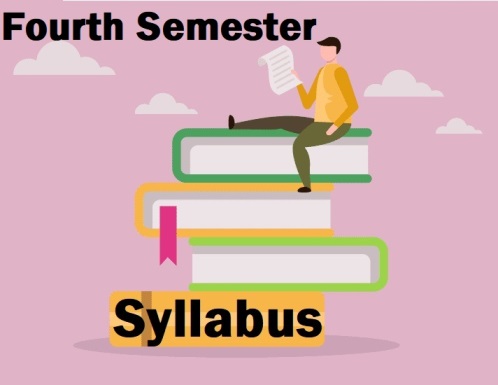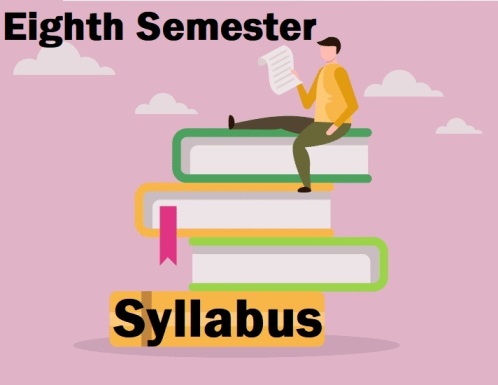Syllabus B Tech Fourth Semester Analog Circuits EC405
The objective of this course is to fulfill the needs of engineers to understand applications of Numerical Analysis, Transform Calculus and Statistical techniques in order to acquire mathematical knowledge and to solving wide range of practical problems appearing in different sections of science and engineering. Syllabus B Tech Fourth Semester Analog Circuits EC405 More precisely, the objectives are:
- To introduce effective mathematical tools for the Numerical Solutions algebraic and transcendental equations.
- To enable young technocrats to acquire mathematical knowledge to understand Laplace transformation, Inverse Laplace transformation and Fourier Transform which are used in various branches of engineering.
- To acquaint the student with mathematical tools available in Statistics needed in various field of science and engineering.
EC 405 – Analog Circuits
Operational Amplifier: Differential amplifier and analysis, Configurations- Dual input balanced output differential amplifier, Dual input Unbalanced output differential amplifier, Single input balanced output differential amplifier, Single input Unbalanced output differential amplifier Introduction of op-amp, Block diagram, characteristics and equivalent circuits of an ideal opamp, Power supply configurations for OP-AMP.
Reference Books :
1. David A. Bell: Operational Amplifiers & Linear ICs, Oxford University Press, 2nd edition,2010.
2. D. Roy Choudhury:Linear Integrated Circuits New Age Publication.
3. B. Somanathan Nair: Linear Integrated Circuits analysis design and application Wiley India Pvt. Ltd.
4. Maheshwary and Anand: Analog Electronics, PHI.
5. S.Salivahanan,V S KanchanaBhaaskaran: Linear Integrated Circuits”,second edition, McGraw Hill.
6. Gray Hurst Lewis Meyer Analysis and design of analog Integrated Circuits fifth edition Wiley India.
7. RobertF.Coughlin, Frederick,F.Driscoll: Operational Amplifiers and Linear Integrated Circuits, sixth edition, Pearson.
8. Millman and Halkias: Integrated electronics, TMH.
9. Boylestad and Nashelsky: Electronic Devices and Circuit Theory, Pearson Education.
10. Sedra and Smith: Microelectronics, Oxford Press.
Experiments :
Apparatus Required –Dual Channel Cathode Ray Oscilloscope (0-20 MHz), Function Generator (10MHz and above), Dual Power Supply, LM741, TL082, MPY634,TPS7250, Probes, digital multimeter.
1. To measure and compare the op-amp characteristics: offset voltages, bias currents, CMRR, Slew Rate of OPAMP LM741 and TL082.
2. To determine voltage gain and frequency response of inverting and non-inverting amplifiers using TL082.
3. To design an instrumentation amplifier and determine its voltage gain using TL082.
4. To design op-amp integrator (low pass filter) and determine its frequency response.
5. To design op-amp differentiator (high pass filter) and determine its frequency response.
6. Design 2nd order Butterworth filter using universal active filter topology with LM741
7. To design Astable, Monostable and Bistablemultivibrator using 555 and analyse its characteristics.
8. Automatic Gain Control (AGC) Automatic Volume Control (AVC)using multiplier MPY634
9. To design a PLL using opampwith MPY634 anddetermine the free running frequency, the capture range and the lock in range of PLL
10. Design and test a Low Dropout regulator using op-amps for a given voltage regulation characteristic and compare the characteristics with TPS7250 IC.


